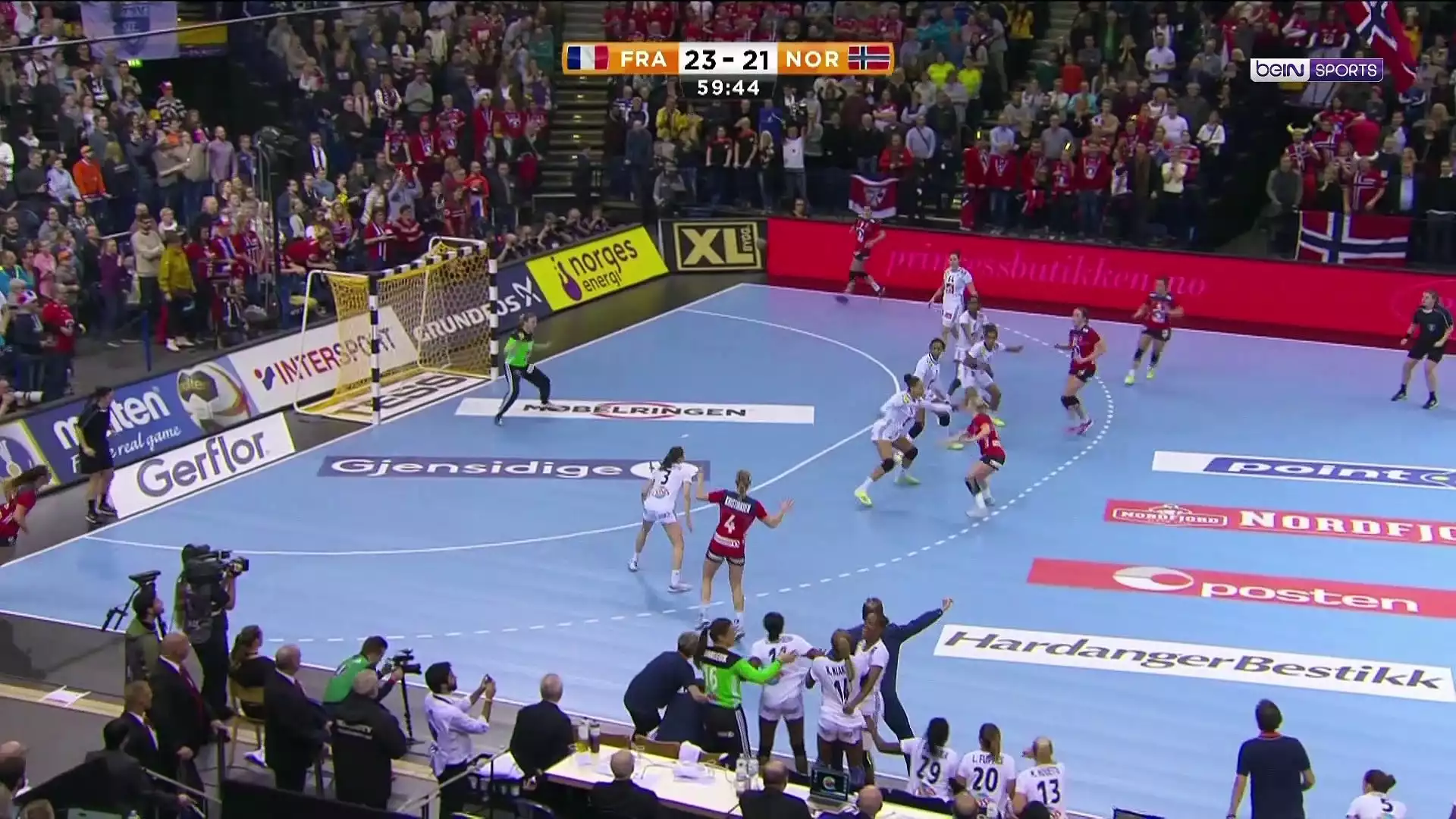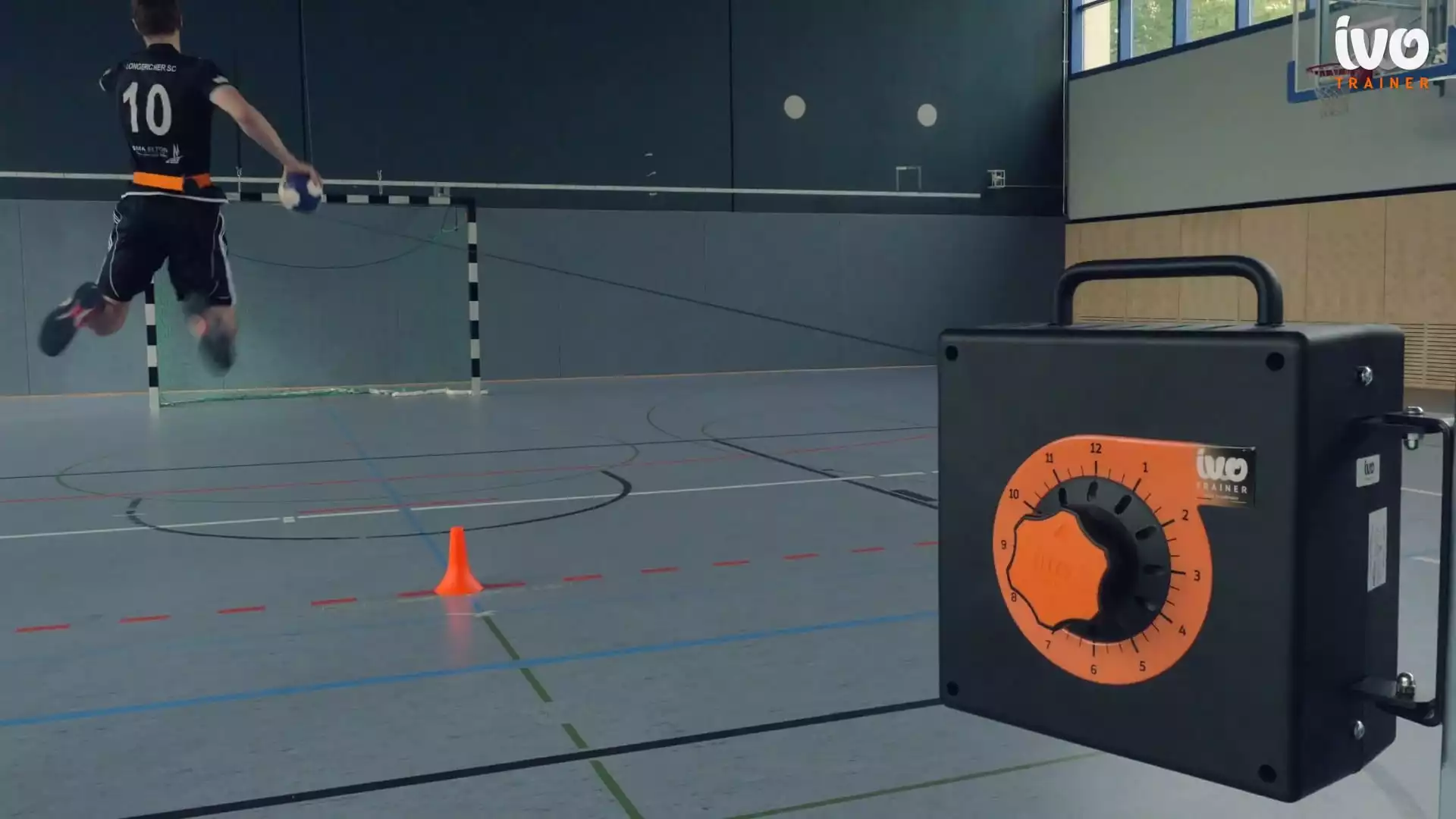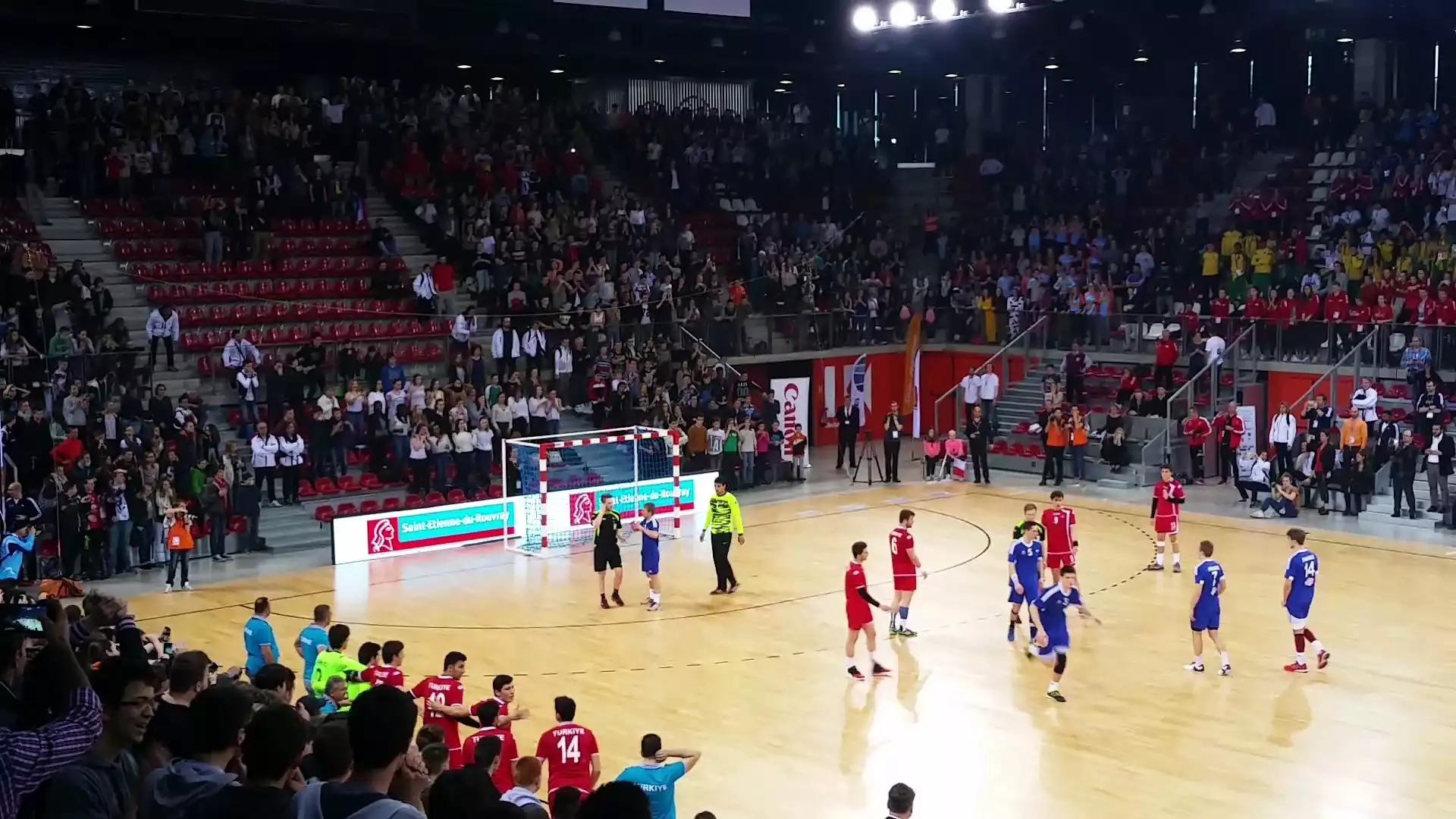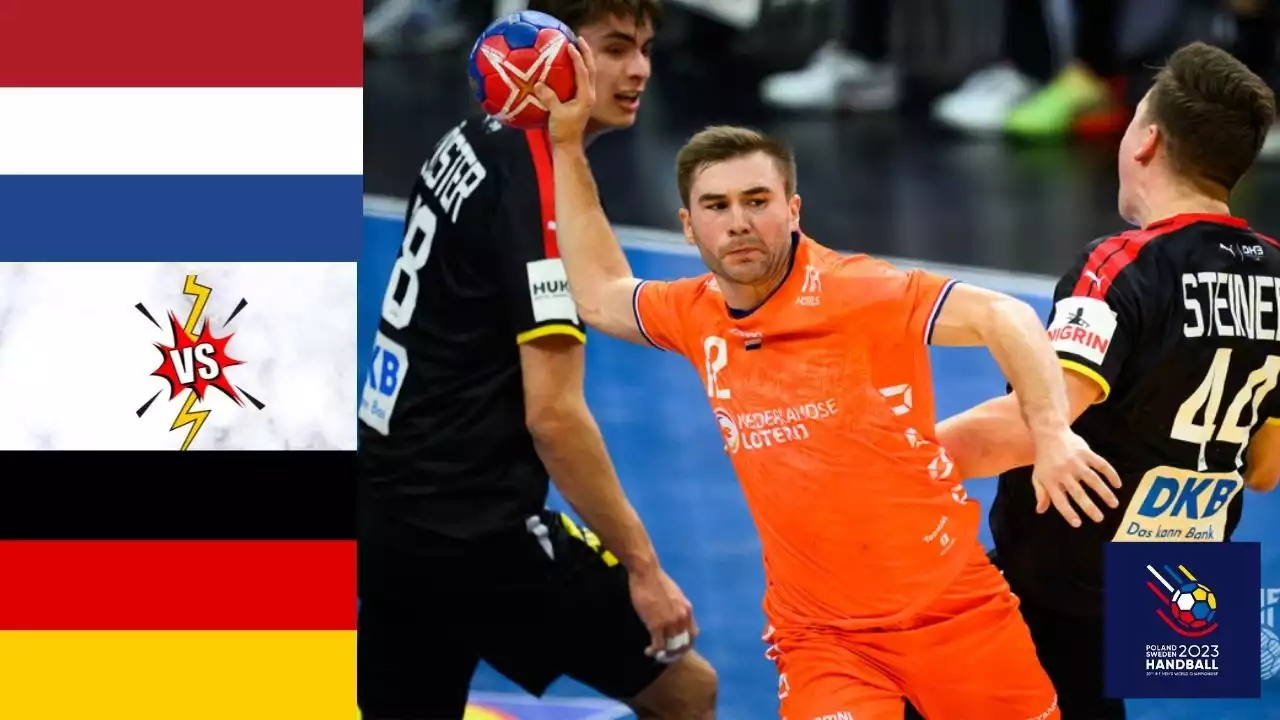Importance of Mastering Handball Techniques
Mastering handball techniques is crucial for players at all levels. These techniques form the foundation of a player's skill set, allowing them to perform at their best and contribute effectively to their team. By mastering these techniques, players gain better control over the ball, improve their decision-making abilities, and enhance their overall performance on the court. Additionally, mastering these techniques can help prevent injuries and improve physical fitness. So, let's explore each technique in detail and discover how you can take your handball game to new heights.
Best of handball skills
Technique 1: Passing and Receiving the Ball
Passing and receiving the ball is one of the most fundamental skills in handball. It is essential for creating scoring opportunities and maintaining possession. When passing, focus on accuracy, speed, and proper technique. Use both hands to pass the ball, as this makes it harder for defenders to anticipate your next move. When receiving the ball, position your body in a way that allows you to quickly control and distribute it to your teammates. Maintaining good communication and making eye contact with your teammates will also enhance your passing and receiving abilities. Remember, practice makes perfect, so dedicate time to drills that specifically target passing and receiving to improve your skills in this area.
Technique 2: Shooting and Scoring Goals
Shooting and scoring goals is the ultimate objective in handball. To become an effective shooter, focus on technique, accuracy, and power. When shooting, plant your feet firmly on the ground and use your entire body to generate power in your shot. Aim for the corners of the goal, as this makes it harder for the goalkeeper to save. Additionally, practice shooting from different positions and angles to become a versatile scorer. Remember, a combination of practice and mental focus is key to becoming a proficient shooter. Visualize success, stay composed under pressure, and trust in your abilities to score goals consistently.
Technique 3: Dribbling and Ball Control
Dribbling and ball control are essential skills that allow players to navigate the court, evade defenders, and create scoring opportunities. When dribbling, keep the ball close to your body and use your fingers and wrist to maintain control. Change direction and speed quickly to deceive defenders and create gaps in the defense. Practice different dribbling techniques, such as crossover dribbles and behind-the-back dribbles, to improve your agility and ball-handling skills. Remember to always keep your head up while dribbling to maintain awareness of your surroundings and make accurate passes when necessary.
Technique 4: Defending and Blocking Shots
Defending and blocking shots are crucial skills for any handball player, regardless of their position. When defending, focus on staying in front of your opponent, maintaining a low and balanced stance, and using your arms to block passing lanes. Anticipate your opponent's moves and react quickly to intercept passes or disrupt their shots. When blocking shots, position yourself in front of the shooter, extend your arms, and jump with explosive power to block the ball. Timing is critical when blocking shots, so practice drills that improve your reaction time and jumping ability to become a formidable defender.
Technique 5: Goalkeeping and Saving Shots
Goalkeeping is a specialized position in handball that requires unique skills and abilities. A goalkeeper must possess excellent reflexes, agility, and anticipation to save shots effectively. When in goal, maintain an athletic stance with your knees slightly bent and your weight balanced. React quickly to shots by using your hands, body, and feet to block or redirect the ball. Study your opponents' shooting patterns and anticipate their moves to increase your chances of making successful saves. Regular goalkeeper-specific training and drills are essential to improve your shot-stopping abilities and become a reliable last line of defense for your team.
Training Drills to Improve Handball Techniques
To enhance your handball techniques, regular training drills are essential. Incorporate drills that focus on each technique individually and drills that simulate game situations. For passing and receiving, practice drills that involve quick passes and movement. For shooting, set up shooting drills that replicate game scenarios, such as shooting from different angles and under pressure. Dribbling drills should focus on agility, change of direction, and ball control. Defensive drills should emphasize positioning, timing, and reaction. Goalkeepers should dedicate time to specific drills that improve their reflexes, shot-stopping ability, and decision-making. Remember to incorporate these drills into your training regimen consistently to see significant improvements in your handball skills.
Common Mistakes to Avoid When Practicing Handball Techniques
While practicing handball techniques, it's important to be aware of common mistakes that can hinder your progress. One common mistake is neglecting proper technique. Always prioritize technique over speed or power, as proper technique ensures efficiency and reduces the risk of injury. Another mistake is not practicing under game-like conditions. To transfer your skills effectively to the court, practice in situations that replicate real-game scenarios, such as practicing passing and shooting while moving. Lastly, avoid neglecting physical fitness. Handball is a physically demanding sport, so ensure you maintain a good level of fitness through regular cardio, strength, and flexibility training. By avoiding these common mistakes, you can maximize your potential and achieve better results in your handball journey..










